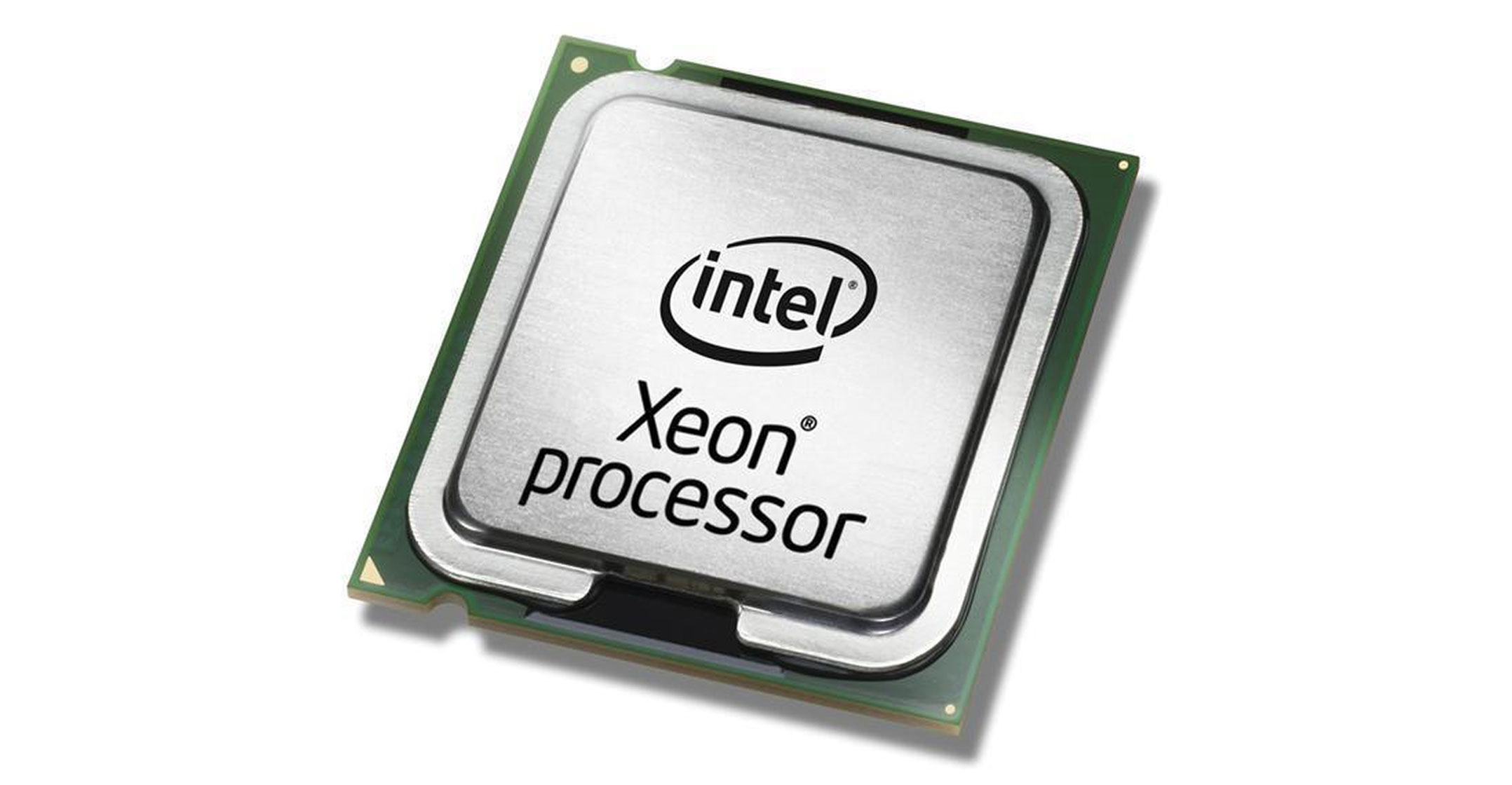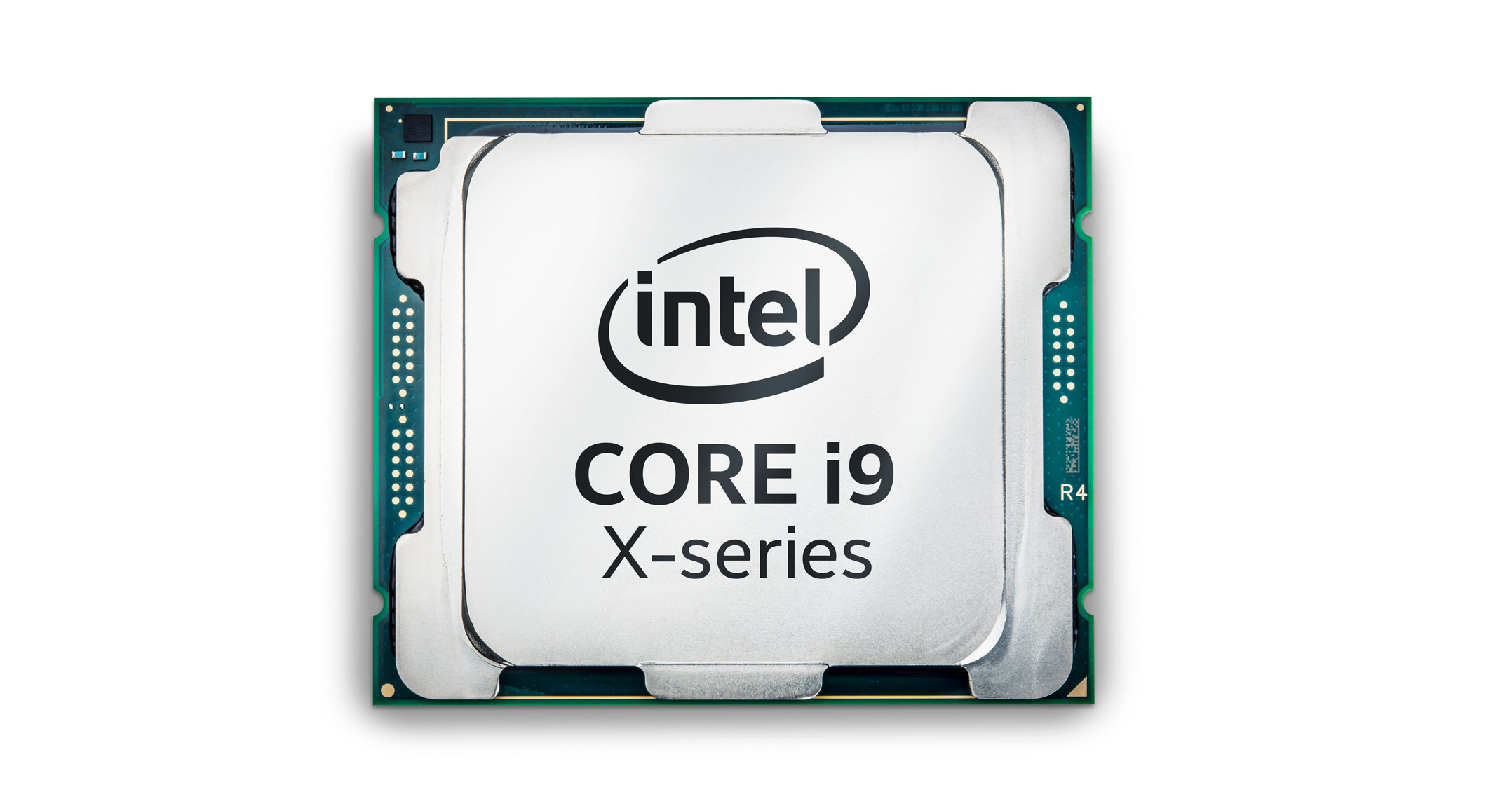 Intel gave bullish quarterly and full-year revenue forecasts, driven by a surge in demand for chips that power large cloud computing centres. The shares jumped as much as 7.8% in late trading.
Intel gave bullish quarterly and full-year revenue forecasts, driven by a surge in demand for chips that power large cloud computing centres. The shares jumped as much as 7.8% in late trading.
Sales in the current quarter and in 2020 will be well above what analysts had predicted and are outpacing normal industry trends, the chip maker said on Thursday. Fourth quarter revenue and profit also topped Wall Street’s highest estimates. As the biggest provider of server chips, Intel is benefiting from a rush to build capacity in data centres operated by companies such as Google, Facebook and Amazon Web Services.
“We’re well ahead of our expectations in the quarter and it’s continuing into this year,” chief financial officer George Davis said in an interview. “That’s just a great dynamic.”
Revenue from cloud service providers, which offer computing power and storage via the Internet, surged 48% in the fourth quarter, fuelling a gain in sales of the company’s most lucrative chips. A spike in demand from these buyers is helping to ease concerns that Intel was losing its technology leadership in computer processors and faced a competitive threat from customers’ own development efforts. Some high-end server chips cost more than compact car.
Revenue in the current period will be about US$19-billion, and profit will be $1.23/share, excluding certain items, Intel said. That compares with average analysts’ projections for $17.2-billion and $1.04/share. Sales in 2020 will be about $73.5-billion, the company said late on Thursday in a statement. Analysts were looking for $72.2-billion on average, according to data compiled by Bloomberg.
Lumps
The company’s annual forecast implies growth will abate in the second half of the year, Davis said. Big purchases from data centre owners tend to come in lumps, followed by slower periods when the components are being built into computers.
“The hard part is forecasting when they’re going to slow down and digest,” he said.
Fourth quarter sales rose 8% to $20.2-billion, the Santa Clara, California-based company said. Analysts on average had predicted $19.2-billion. Net income was $6.9-billion, or $1.58/share, compared with estimates for $1.23/share. Gross margin, or the percentage of sales remaining after deducting the cost of production, was 58.8% in the quarter.
 The largest US chip maker has fallen behind rivals in semiconductor manufacturing technology, sparking concern on Wall Street about sales growth and future profit. In November, the company told PC customers inventory remained tight because of limited manufacturing capacity. Still, executives have said that Intel is targeting a broader range of markets and the company has plenty of room to expand in new areas, such as networking and the auto industry.
The largest US chip maker has fallen behind rivals in semiconductor manufacturing technology, sparking concern on Wall Street about sales growth and future profit. In November, the company told PC customers inventory remained tight because of limited manufacturing capacity. Still, executives have said that Intel is targeting a broader range of markets and the company has plenty of room to expand in new areas, such as networking and the auto industry.
Intel will increase spending on new plants and equipment to $17-billion in 2020 in part to boost production to a point where it’s not only able to fill all customer orders, but build inventory, CEO Bob Swan said on a conference call. After again failing to meet all demand in the fourth quarter, avoiding a repeat of that mistake is one of his biggest priorities, he said.
The company’s struggles with its move to advanced 10-nanometre production are beginning to ease, Swan said. Intel plans to have server chips built with that technique available in the second half.
Demand for PCs held up well in the recent period, Davis said. Global PC shipments rose 2.3% from a year earlier in the December period as companies upgraded to a new version of Microsoft’s Windows operating system, according to research firm Gartner. Intel expects the market this year for PCs to be flat from 2019 as that replacement cycle comes to an end.
Intel has more than 80% market share in PC processors, and it controls even more of the server chip market. In that business, semiconductor rival AMD has fielded new products, and companies such as Amazon have said they’re designing some chips on their own — leading some analysts to predict Intel would begin to lose business and struggle to grow this year. Intel executives said that part of the reason they’re predicting less growth for the second half is the expectation that competition will intensify.
So far, there’s no sign of that hurting the company’s performance. In the fourth quarter, Intel’s data centre unit reported a sales increase of 19% to $7.2-billion. PC-chip sales gained 2% to $10-billion. The company’s programmable chip unit was the only division to post a decline. Sales at the Mobileye unit, which makes chips used to help vehicles pilot themselves, grew 31% to $240-million. — Reported by Ian King, (c) 2020 Bloomberg LP




